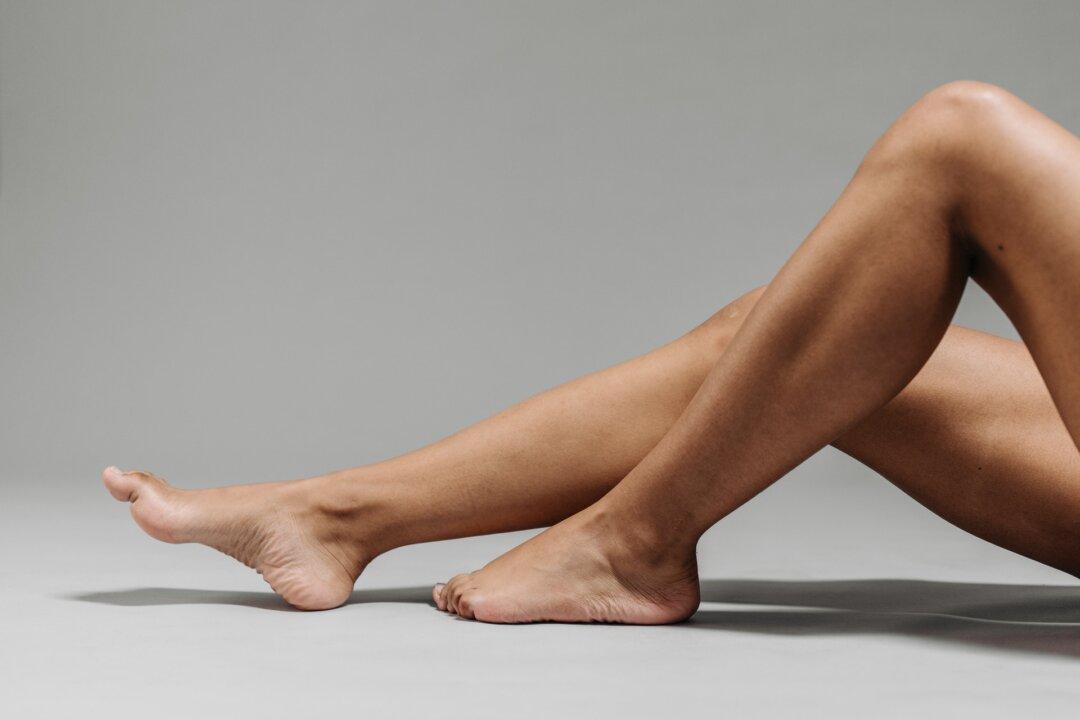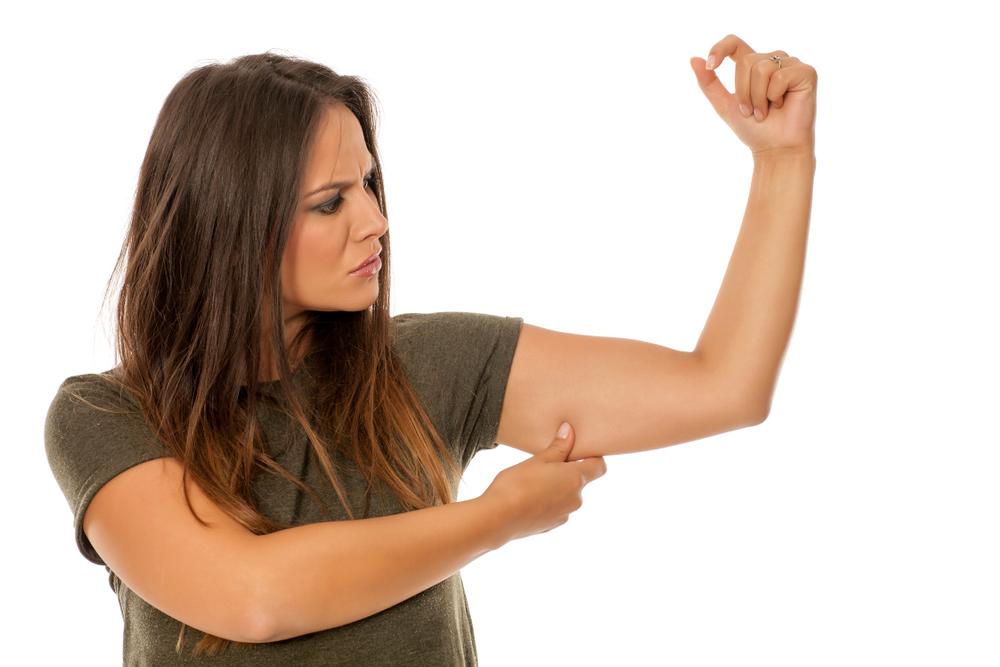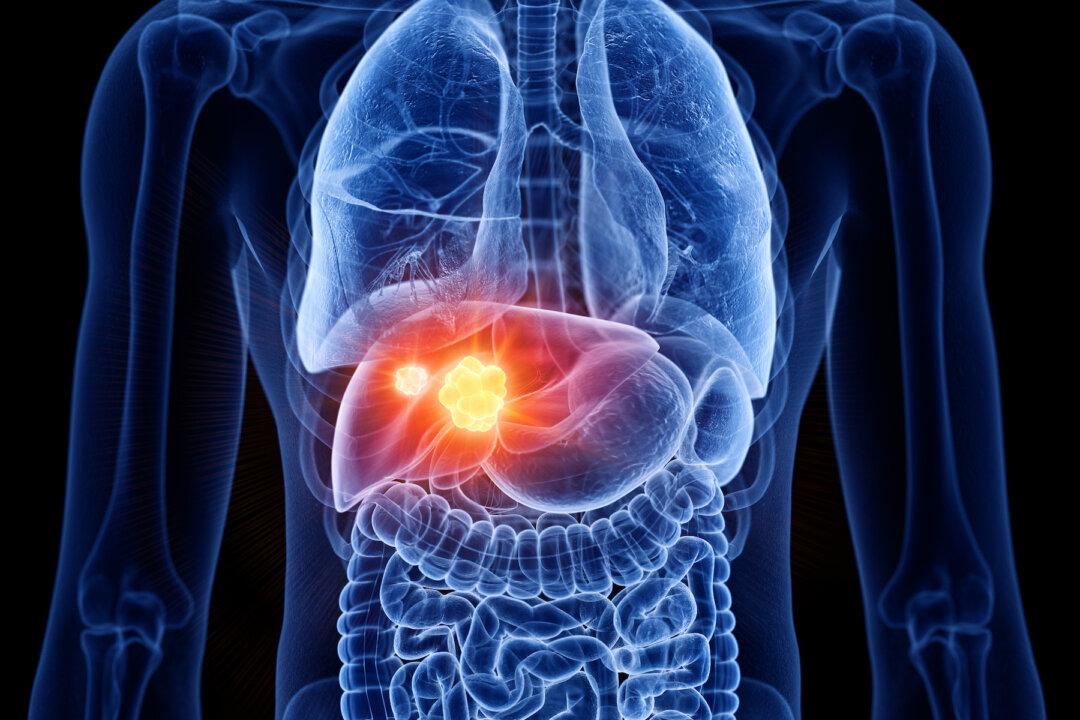Summer brings with it barbecues, picnics, and plenty of sunshine. Looking to join the fun, you might slip on a pair of shorts or a long, flowy dress, only to discover small, web-like veins in the backs of your legs. Spider veins are increasingly common in older women due to differences in lifestyle, genetics, and hormones. Fortunately, they’re easy to identify and fix, so don’t throw away your summer outfits just yet.
What Are Spider Veins?
Spider veins are small, damaged veins under the skin. They often resemble tree branches or spider webs and appear on the legs. In rare cases, they can show up on the face. The veins are typically red or blue, but they don’t bulge out like varicose veins.What Causes Spider Veins?
Lifestyle factors ranging from prolonged standing or sitting to obesity, aging, a history of blood clots, and a family history of spider veins, can all contribute to the likelihood of developing spider veins yourself. Research suggests that sitting or standing for more than four hours at a time may cause disruptions in blood circulation, making it more difficult for veins to pump blood back to the heart, and increasing your risk of developing spider veins or varicose veins.Why Are Spider Veins More Common as We Age?
Statistics suggest that more than 40 percent of women have some form of vein condition, including spider veins. By the age of 80, that risk increases to almost 80 percent. This is largely because the venous valves stop working correctly.As we get older, the valves in our lower legs tend to be less efficient at pumping blood, due to increased wear and tear. This can cause the valves to become overly stretched to the point where they can no longer close properly. A sedentary lifestyle also increases the risk of this happening. “The lack of physical activity reduces the ‘pumping’ action of the calf muscle on the veins, which helps drive blood back to the heart,” according to Dr. Wishnew. Although spider veins alone aren’t usually a cause for concern, they may lead to other thrombotic health conditions including blood clots if not taken care of.





